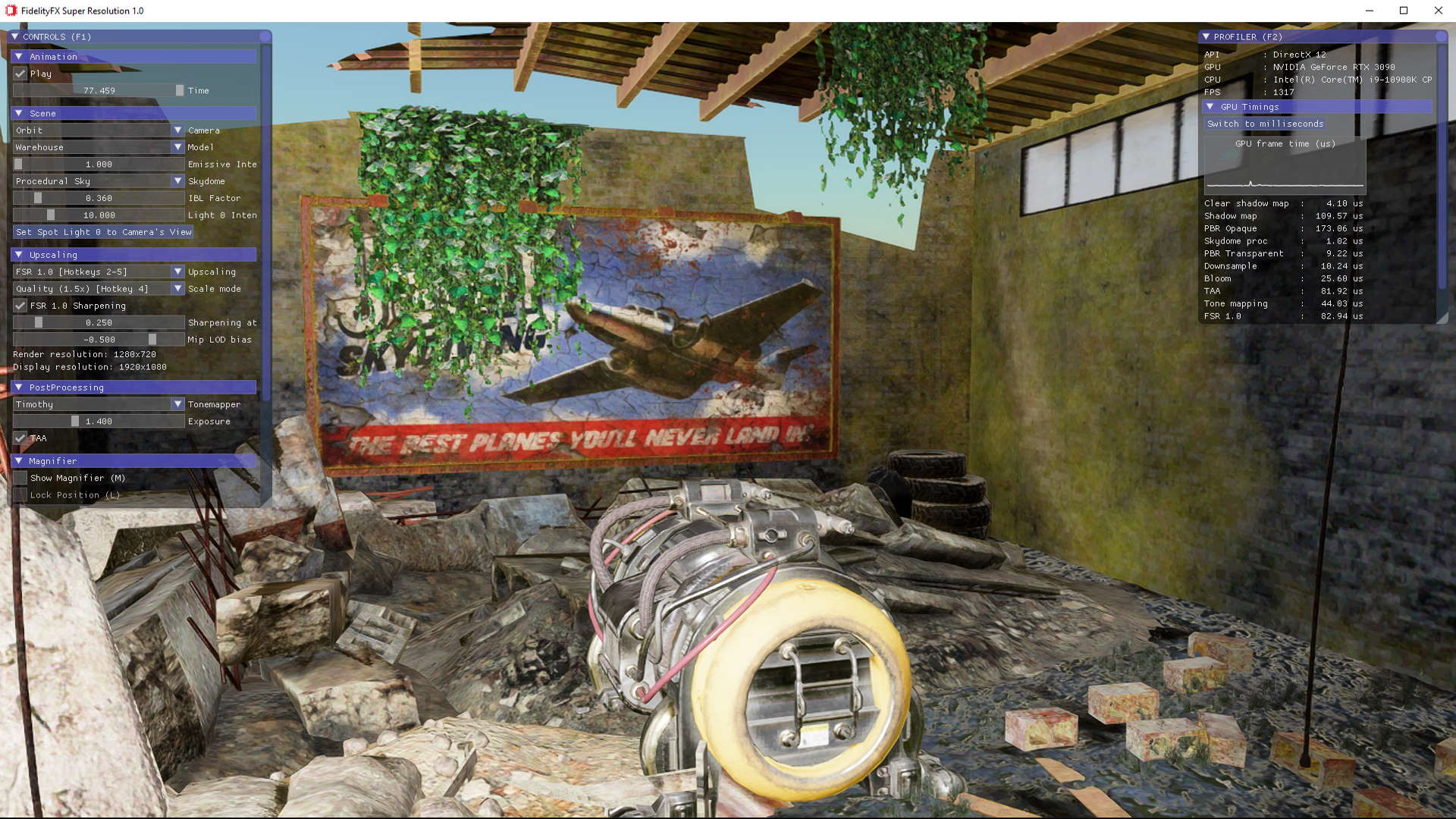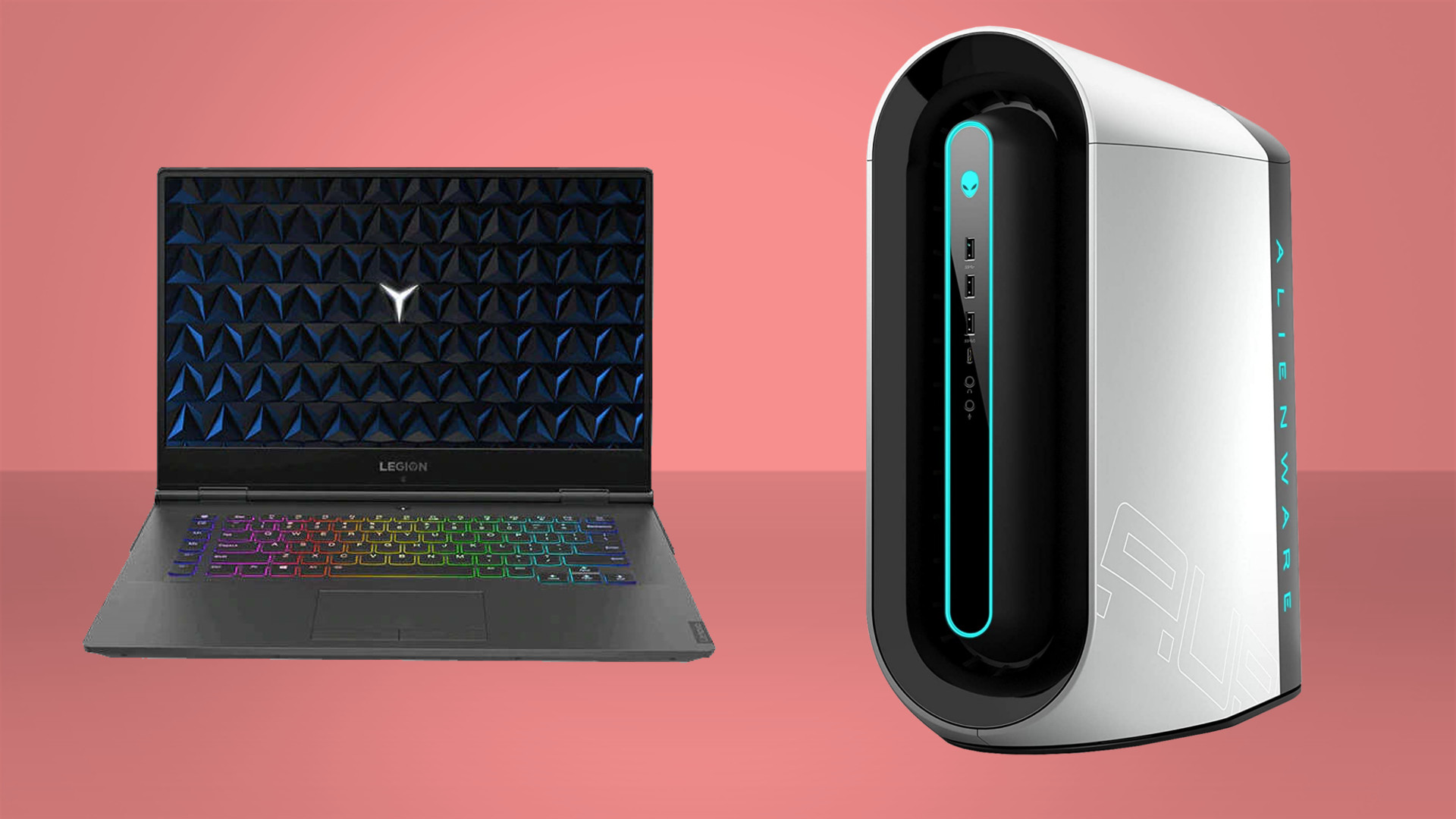AMD's FidelityFX Super Resolution world just got a whole lot bigger
As well as seeing Resident Evil Village support coming next week, today it's been added to Unity and Unreal Engine.

AMD's FidelityFX Super Resolution is seriously expanding as of today. As well as being added into Resident Evil Village at some point next week, the source code for team Radeon's spatial upscaling technology has just been made available to everyone via the GPUOpen platform.
Maybe more importantly for broader future implementation of the upscaling tech, it has today been released, via a beta branch, for the Unity game engine, and as a patch for registered Unreal Engine developers, too. With effectively native support for FSR now baked into two of the biggest third-party game development engines around, there is almost no reason for any game built from them not to incorporate the performance bumping feature.
We've been mightily impressed with what we've seen of FidelityFX Super Resolution so far. Sure, it's not going to deliver the sort of frame rate finessing you'll experience with Nvidia's more AI-focused Deep Learning Super Sampling feature, but it's free, open to practically all modern GPUs, and simply works.
It's also not been that widely available either. But AMD is announcing a further four titles today, taking the full total to 12. Though it's also worth saying that only Resident Evil Village stands out as a particularly big game to benefit from the FSR update, with Necromunda: Hired Gun, Arcadegeddon, and Edge of Eternity following the horror.
Still, with FSR hitting two of the biggest game engines that's only going to find it appearing in the settings screens of more big games.


Best gaming PC: the top pre-built machines from the pros
Best gaming laptop: perfect notebooks for mobile gaming
If you want to get an idea of what FidelityFX Super Resolution looks like on your own system, especially if you don't have one of the few current games with support, then AMD has also published a handy little sampler.
It's a single demo scene anyone can download from the GPUOpen site and run on their machine to see what the different levels of FSR look like. You can change the settings on the fly, compare with traditional bilinear upscaling, and there's even a handy little magnifying glass tool to give you an up-close and personal look at the pixels as they change.
The biggest gaming news, reviews and hardware deals
Keep up to date with the most important stories and the best deals, as picked by the PC Gamer team.
The FSR sampler gives a fascinating look at the tech on its own, so is well worth checking out. You can download the demo directly from this link.

Dave has been gaming since the days of Zaxxon and Lady Bug on the Colecovision, and code books for the Commodore Vic 20 (Death Race 2000!). He built his first gaming PC at the tender age of 16, and finally finished bug-fixing the Cyrix-based system around a year later. When he dropped it out of the window. He first started writing for Official PlayStation Magazine and Xbox World many decades ago, then moved onto PC Format full-time, then PC Gamer, TechRadar, and T3 among others. Now he's back, writing about the nightmarish graphics card market, CPUs with more cores than sense, gaming laptops hotter than the sun, and SSDs more capacious than a Cybertruck.

